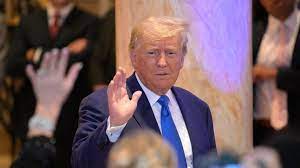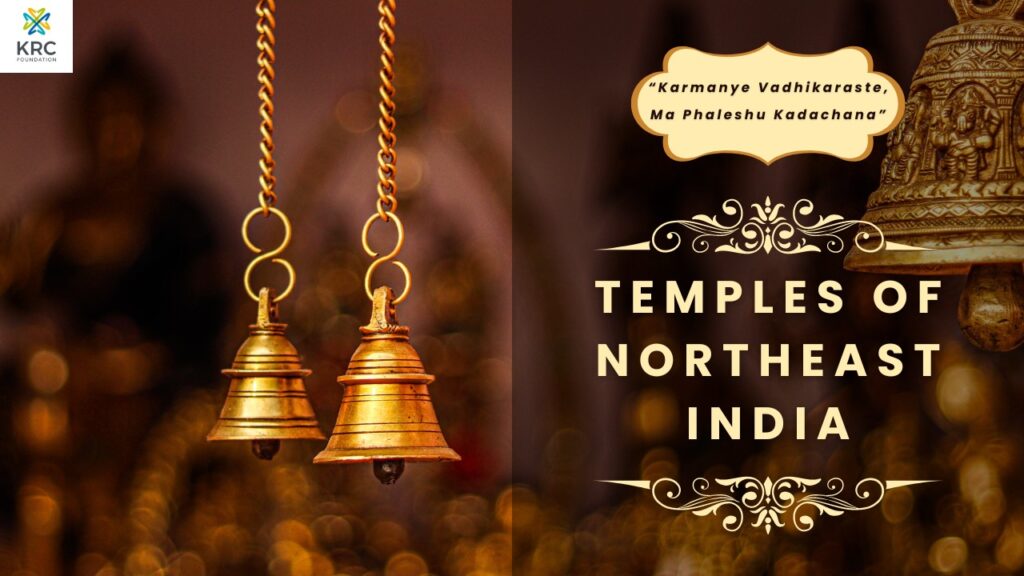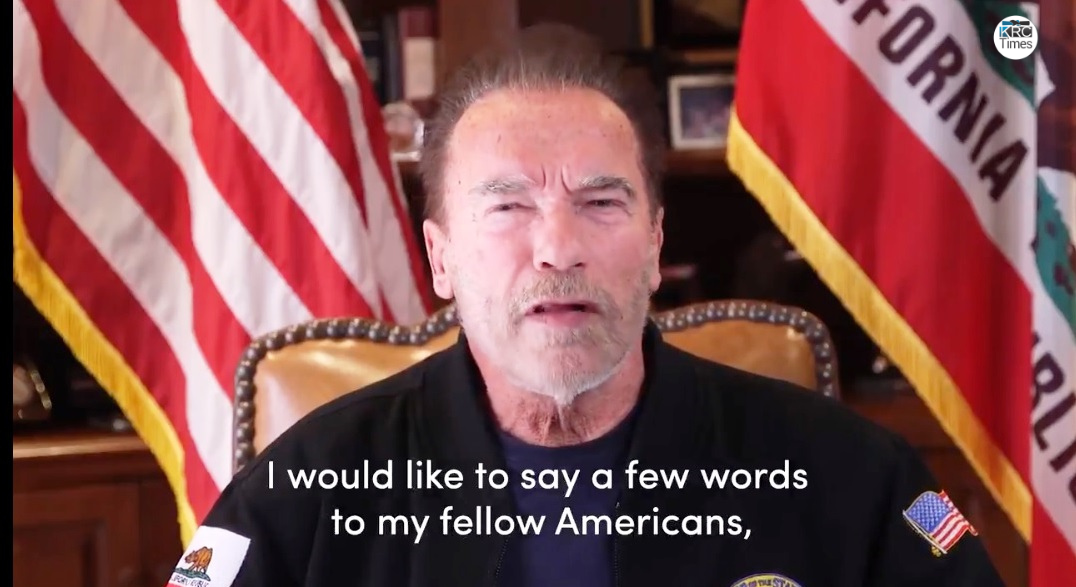Donald Trump launched into attacks on the judge in his criminal trial and continued to undermine New York’s criminal justice system Friday as he tried to repackage his conviction on 34 felony charges as fuel, not an impediment, to his latest White House bid
 KRC TIMES National Bureau
KRC TIMES National Bureau

Donald Trump launched into attacks on the judge in his criminal trial and continued to undermine New York’s criminal justice system Friday as he tried to repackage his conviction on 34 felony charges as fuel, not an impediment, to his latest White House bid.
Trump spoke to reporters at his namesake tower in Manhattan on Friday, his return to campaigning a day after he was convicted of trying to illegally influence the 2016 election by falsifying business records to hide a hush money payment to a porn actor who claimed they had sex.
The Republican ex-president, as defiant as ever, argued the verdict was illegitimate and driven by politics and sought to downplay the facts underlying the case.
“It’s not hush money. It’s a nondisclosure agreement. Totally legal, totally common,” he said.
In a message aimed to galvanize his supporters, he cast himself as a martyr, suggesting that if it could happen to him, “They can do this to anyone.”
“I’m willing to do whatever I have to do to save our country and save our Constitution. I don’t mind,” he said. “So we will continue the fight.”
While the guilty verdict against him Thursday and his vow to fight appeared to motivate his base of supporters, including those who began pouring donations into his campaign, it’s unclear if any of this will help him with independent voters who’ll be decisive in the November election.
No former president or presumptive party nominee has ever faced a felony conviction or the prospect of prison time, and Trump is expected to keep his legal troubles central to his campaign. He has long argued without evidence the four indictments against him were orchestrated by Democratic President Joe Biden to try to keep him out of the White House. The hush money case was filed by local prosecutors in Manhattan who don’t work for the Justice Department or any White House office.
Trump, who has painted himself as pro-law enforcement and even talked of how officers might handle suspects roughly, has spent the last two years attacking parts of the criminal justice system as it applies to him and raising questions about the honesty and motives of agents and prosecutors.
After weeks of primarily speaking from an aging courthouse in Manhattan, Trump chose to return to campaign mode Friday in the atrium of his Trump Tower, the brass and rose marble lobby where he descended his golden escalator to announce his 2016 campaign nine years ago next month.
“We’re going to fight,” Trump said. “I’m wired in such a way that a lot of people would have gone away a long time ago.”
When Trump emerged from the courtroom immediately after the verdict Thursday, he appeared tense and deeply angry, his words pointed and clipped. But at Trump Tower on Friday, he appeared more relaxed, especially as his speech went on and he defaulted into his standard rally mode, complete with acted-out stories. He did not take any questions from reporters.
Despite the historic ruling, a convicted Trump sounded much the same as a pre-convicted Trump, as he delivered what amounted to a truncated version of his usual rally speech.
In his disjointed remarks, Trump initially started attacking Biden on immigration and tax policies before pivoting to his case, growling that he was threatened with jail time if he violated a gag order. He picked apart intricate parts of the case and trial proceedings as unfair, making false statements and misrepresentations as he did so.
Trump said he wanted to testify, a right that he opted not to exercise. Doing so would have allowed prosecutors to cross-examine him. The former president on Friday raised the specter of being charged with perjury for a verbal misstep, saying, “The theory is you never testify because as soon as you testify — anybody, if it were George Washington — don’t testify because they’ll get you on something that you said slightly wrong.”
Testing the limits of the gag order that prohibits him from publicly critiquing witnesses including Michael Cohen, Trump called his former fixer, the star prosecution witness in the case, “a sleazebag.”
He also circled back to some of the same authoritarian themes he has repeatedly focused on in speeches and rallies, painting the U.S. under Biden as a “corrupt” and “fascist” nation.
His son Eric Trump and daughter-in-law, Lara Trump, joined him, but his wife, Melania Trump, who has been publicly silent since the verdict, was not seen.
Outside, on Manhattan’s Fifth Avenue, supporters gathered across the street flew a giant red “TRUMP OR DEATH” sign that flapped in front of a high-end boutique. A small group of protesters held up signs that said “Guilty” and “Justice matters.”
On Friday morning, Trump’s campaign announced it had raised $34.8 million as donations poured in after the verdict. That’s more than $1 million for each felony charge and more than his political operation raised in January and February combined.
Trump and his campaign had been preparing for a guilty verdict for days, even as they held out hope for a hung jury. On Tuesday, Trump railed that not even Mother Teresa, the nun and saint, could beat the charges, which he repeatedly labeled as “rigged.”
His top aides on Wednesday released a memo in which they insisted a verdict would have no impact on the election, whether Trump was convicted or acquitted.
Promotional | KRC Foundation





